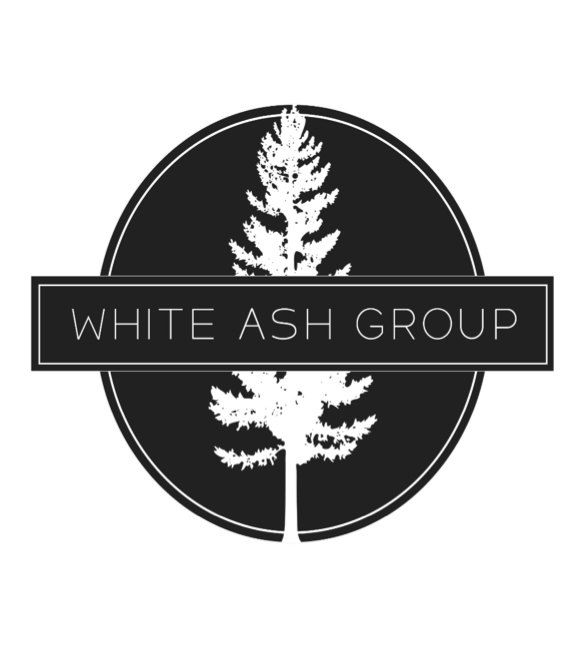Tailoring Benefits to What Your Team Really Wants
Why a one-size-fits-all approach to perks no longer works — and how data can help you design benefits that actually retain talent.
For years, companies have competed for talent with the same standard perks — health coverage, gym discounts, and maybe a pizza Friday. But as the workforce diversifies across generations, life stages, and work preferences, employees’ expectations around benefits have fundamentally changed.
According to a 2024 Gallup report, 61% of employees now say they would change jobs for better benefits, even if salary remained the same. And while compensation will always matter, today’s workers are equally focused on personalization, flexibility, and wellbeing.
1. Start With Data — Ask, Don’t Assume
Before redesigning your benefits program, start by understanding what employees actually value.
Conduct regular benefits satisfaction surveys or pulse polls segmented by demographics, life stage, and role type.
In a 2025 MetLife Employee Benefits Trends Study, 73% of employees said a personalized benefits experience would increase their loyalty.
Yet, only 40% of HR leaders currently use employee feedback to guide benefits design (Mercer, 2024).
How to do it:
Run short, anonymous surveys 2–3 times per year asking employees to rank benefit categories (e.g., mental health, childcare, career development, financial wellness).
Follow up with small focus groups to unpack priorities.
Segment your findings by career stage — early-career workers, parents, or pre-retirement employees often have very different needs.
2. Offer Modular or “Pick-Your-Perk” Benefits
Rigid benefit plans make it hard to address a diverse workforce. Instead, companies are adopting modular, cafeteria-style programs where employees allocate credits or stipends to the benefits that matter most to them.
Examples:
Salesforce introduced a “Lifestyle Benefit” stipend employees can use for anything from fitness memberships to pet insurance.
Shopify offers flex benefits that let employees choose between mental health apps, home-office upgrades, or childcare assistance.
Aon’s 2025 HR survey found that 42% of organizations plan to expand flexible benefit spending accounts within the next year.
This model ensures inclusivity — supporting everything from fertility care to eldercare without increasing administrative overhead.
3. Prioritize Well-Being and Mental Health
Mental health support has moved from a “nice-to-have” to a core retention driver.
In fact, 81% of employees say mental health benefits are just as important as physical health (Mind Share Partners, 2024). And burnout remains a top resignation factor — particularly among remote and hybrid teams.
What leading employers are doing:
LinkedIn offers paid “Reset Days” throughout the year for mental recovery.
EY provides on-demand access to licensed therapists and coaches.
Many firms now include mental health stipends or reimbursements for therapy apps like Headspace and BetterHelp.
Even small steps — such as offering meeting-free afternoons or formalizing “right to disconnect” policies — can boost retention and engagement.
4. Support Every Life Stage
Benefits that reflect different life stages signal that you see employees as whole people, not just workers.
Ideas include:
Fertility and family planning support (offered by 48% of large employers in 2025, per Mercer).
Expanded parental leave — for all caregivers, not just birth parents.
Student loan repayment or tuition support (offered by 36% of employers in 2024).
Phased retirement or sabbatical programs for long-tenured staff.
Employees who feel their employer supports them “in and out of work” are 3x more likely to stay for 5+ years (MetLife, 2024).
5. Communicate Clearly and Often
Even the best-designed benefits program can fall flat if employees don’t understand what’s available.
HR teams should market benefits like they would a product launch:
Create clear, visual summaries instead of dense PDFs.
Use onboarding sessions, lunch-and-learns, and manager toolkits to reinforce awareness.
Leverage intranet dashboards or AI chatbots to help employees navigate their options.
When benefits are visible and understood, utilization rates can increase by 20–30% — improving ROI on your HR investments.
The Bottom Line
Tailoring benefits isn’t just an act of empathy — it’s a measurable business strategy. Organizations with personalized, flexible benefits see up to 44% lower turnover and 32% higher engagement (Gallup, 2025).
The takeaway: The more employees feel seen, the longer they’ll stay. Start by listening, offer choice, and make wellbeing central — and your benefits program will quickly become one of your strongest retention tools.
